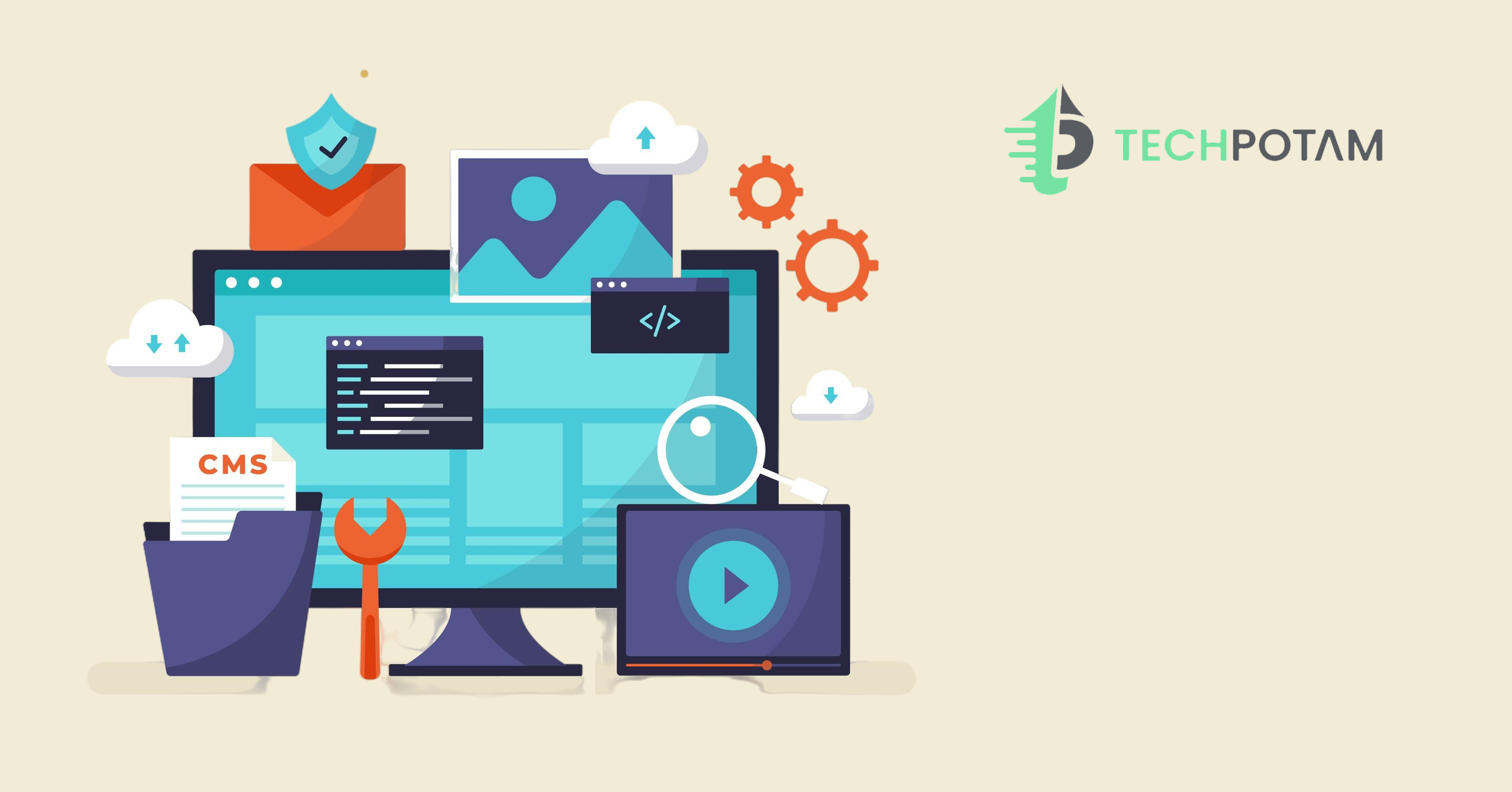Every business needs to have a website in the current digital era, it is no longer a choice but an obligation. But just having a website doesn’t do much good. With mobile phones and tablets dominating user traffic to the internet, the importance of Mobile Friendly Design has become even more pertinent today. Such sites automatically adjust themselves in size to fit properly on computers’ screens or hand-held devices like laptops, tablets or smartphones thereby ensuring continuity of experience for whoever visits regardless of which type of device he or she uses. It is no longer just about looks; it is all about delivering an end that is both effective and productive when dealing with big-time search engines (SEO) and mainstay users who influence the web world in general. The Evolution of Mobile Usage For the past ten years, there has been an increase in the number of people using mobile phones to access the internet. As per some recent studies, over fifty per cent of all web traffic globally comes from mobile devices. This change in user behaviour has drastically transformed the way websites are supposed to be designed and developed. Nowadays, users expect a seamless, easy-to-navigate experience irrespective of the gadget they are using. In case a website is not mobile-friendly, it may annoy its users resulting in high bounce rates and loss of business chances. What is Responsive Design? Responsive design is a website development technique that develops a website that automatically fits to any kind of screen. In other words, whether you are using a large desktop monitor or a small phone display, there will always be the right size of content, pictures and functions for an enjoyable viewing experience. The format, font sizes, pictures and other things such as clickable buttons are modified in accordance with the dimensions of one’s computer screen in order to ensure usability as well as interaction from different devices. Impact on User Experience Responsive design is all about creating a great user experience (UX). If your website is not responsive, it will result in bad UX which negatively affects your brand. Responsive design improves UX in the following ways: Consistency Across Devices: Individuals frequently shift devices as they browse the internet. They may begin reading an article from their phone and proceed to their tablet or desktop. A website that responds enables users to move from one device to another effortlessly, thus creating trust and maintaining user interest with a uniform experience. Improved Usability: Individuals frequently shift devices as they browse the internet. They may begin reading an article from their phone and proceed to their tablet or desktop. A website that responds enables users to move from one device to another effortlessly, thus creating trust and maintaining user interest with a uniform experience. Faster Loading Times: For the most part, responsive website designers take into consideration how their designs will function on mobile devices, thus making them capable of loading quickly on various gadgets. These rapidly loading sites not only provide better UX but also minimize drop-off rates and enhance chances for sales. Increased Engagement: With your website featuring a mobile-friendly design and offering a good user experience across devices, people are more likely to stay longer, explore more pages, and make purchase decisions about your products. When people engage with businesses more frequently, their chances of converting into customers increase significantly, leading to more inquiries or purchases. SEO Benefits of Responsive Design Responsive design does not just improve user experience but is also important for search engine optimization (SEO). Here’s how: Google’s Mobile-First Indexing: Google has implemented a mobile friendly design through mobile-first indexing, meaning it primarily relies on the mobile version of a site for indexing and ranking its contents. Not having a website that is optimized for mobile can cause your ranking to drop in search engine results pages (SERPs), which can significantly impact your site’s visibility and the amount of organic traffic it receives. Reduced Bounce Rates: An unresponsive website can result in increased bounce rates because users tend to leave fast such a website which is unfriendly for their device navigation. When determining the relevance of websites and their ranking, search engines such as Google take into account bounce rates. So, for this search engine, responsive design indicates that the content is useful and worth it therefore enabling visitors to remain on your site. Faster Load Times: According to SEO rankings, page speed is an essential factor. Typically, a responsive design has optimized images, organized code and loads fast. Websites which load faster are ranked higher by Google. Therefore, responsiveness is an important aspect of SEO strategy. Avoid Duplicate Content: The websites of organizations were often designed separately for desktops and mobiles until the responsive design was adopted as the norm. This resulted in duplication of content which is detrimental to the SEO of the business. By using one, responsive website you can prevent any problems that may arise as well as establish an online identity, Constant across all platforms. The Competitive Advantage In order to stay ahead in a competitive market, your business should have a responsive website that will always be an added advantage to you. It implies that you are modern and open-minded and appreciate our customers’ accessibility through all devices. Otherwise if firms do not engage in these kinds of designs they may end being left behind as users prefer sites that do well on their small screens. In addition, including mobiles easier search engines and consumers alike. Thus, responsive web design has become the norm rather than the exception. This means that if you want to meet this demand then ensure that your business’s website is responsive as it helps attract a larger number of visitors and increasing the conversion rate from leads into customers. Conclusion The significance of responsive web design in today’s digital era is immense. It contributes to better user experience, facilitates search engine optimization and gives firms a competitive edge in the increasing age






